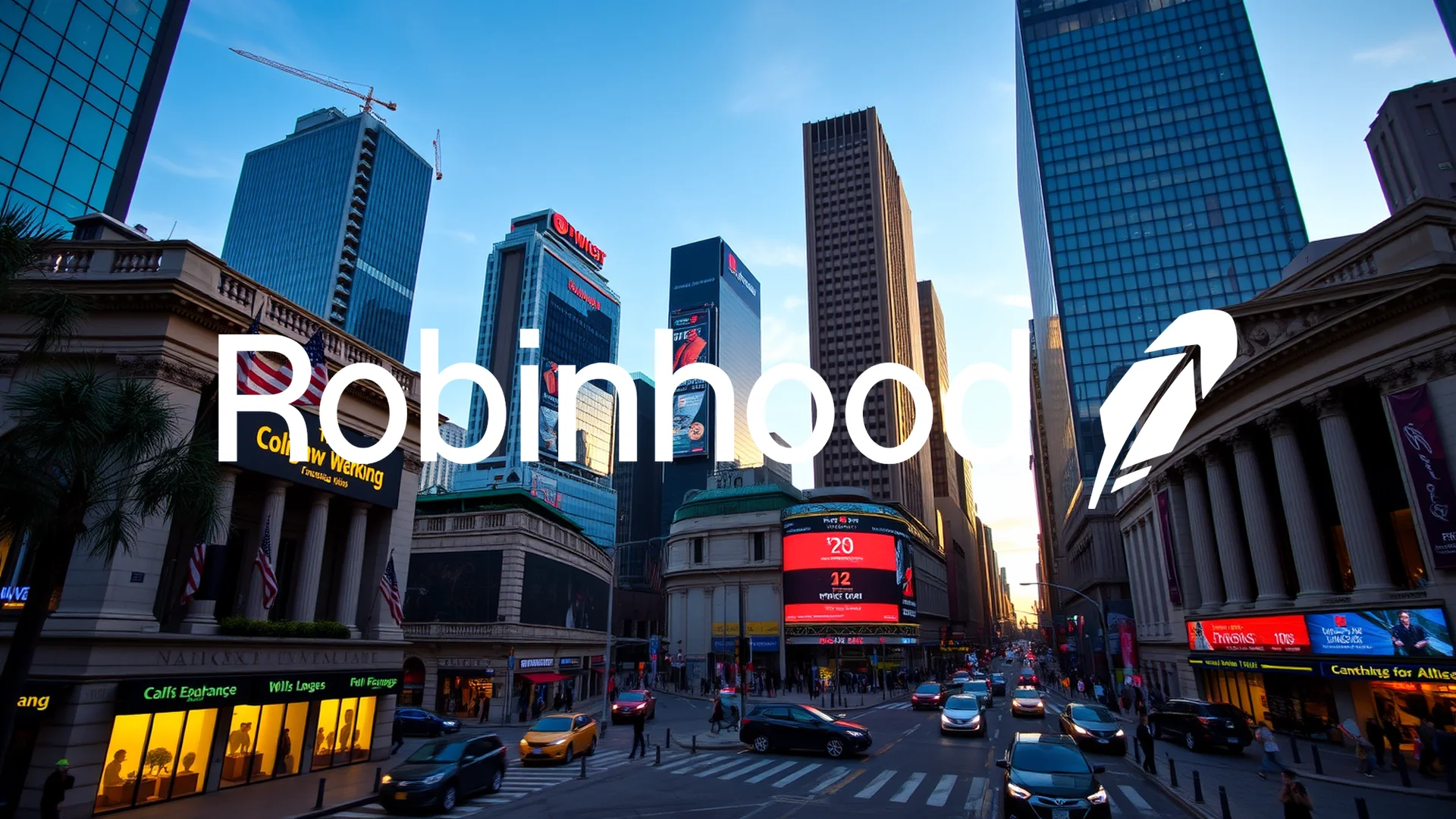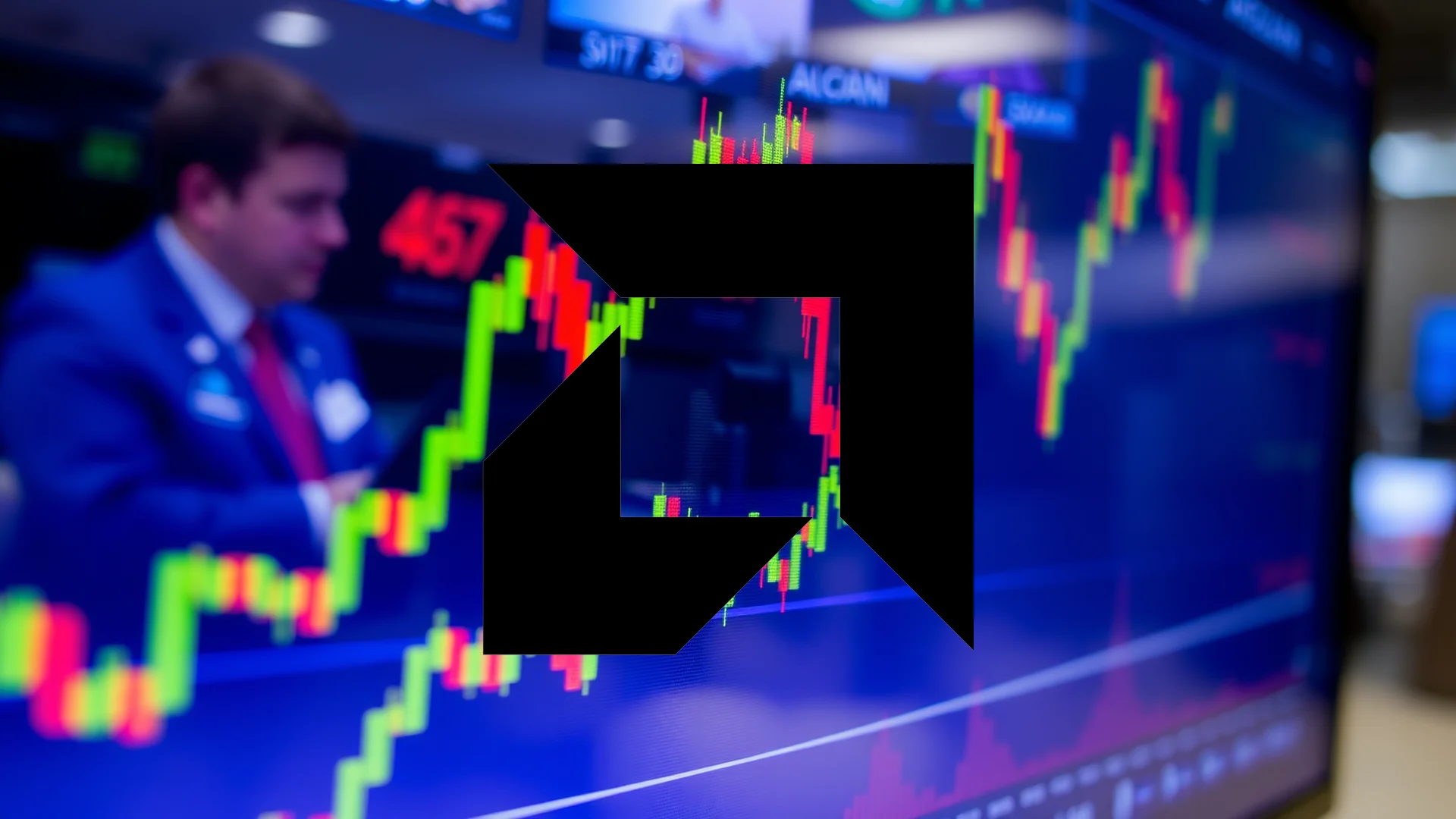Robinhood Markets Inc. saw its stock plunge 14% during Thursday’s trading session following the release of quarterly financial results that fell short of Wall Street projections. This sharp decline interrupted the trading platform’s remarkable rally, which had seen shares surge more than 100% year-to-date.
Strong Operational Performance Overshadowed by Revenue Shortfall
Despite the market’s negative reaction, Robinhood demonstrated substantial growth across key business segments. Transaction-based revenues jumped 72% to $319 million, with cryptocurrency revenue exploding 165% to $61 million. Options trading revenue climbed 63% to $202 million, while net deposits reached a record $10 billion.
Trading volumes showed exceptional strength throughout the quarter. Equity volumes increased 65% to $286.2 billion, and cryptocurrency trading volumes grew 112% to $14.4 billion. The company’s Gold subscription service reached 2.2 million users, representing 65% growth.
Accounting Treatment Explains Earnings Miss
The company reported earnings per share of $0.17, narrowly missing the $0.18 consensus estimate. While net revenues showed solid growth of 36% to $637 million, this figure fell short of the anticipated $657.9 million.
Chief Financial Officer Jason Warnick attributed the revenue shortfall to an accounting treatment that Wall Street analysts had apparently overlooked. The company recorded $27 million as “contra-revenue” – funds paid as customer incentives to attract users from competing platforms.
Should investors sell immediately? Or is it worth buying Robinhood?
“Match promotion dollars are booked as a revenue deduction, and it appears analysts didn’t sufficiently account for this in their quarterly models,” Warnick explained.
Strategic Expansion Continues Amid Market Challenges
Robinhood continues to pursue aggressive expansion into new markets and products. In October, the company launched “Robinhood Legend,” a desktop trading platform targeting active traders that positions the company to compete directly with established players like Charles Schwab and Fidelity.
The trading platform has also expanded its international presence with a launch in the United Kingdom, where it introduced stock lending and margin trading capabilities.
Analysts View Setback as Temporary
Market experts largely characterized the quarterly disappointment as a temporary setback rather than a fundamental deterioration. J.P. Morgan analysts described the results as reflecting “seasonal slowing following a robust first half of the year.”
KBW researchers emphasized that equity and cryptocurrency market conditions remain “extremely favorable” for retail trading activity. Robinhood’s market share in U.S. stock trading is approaching the peak levels last seen in February 2021, suggesting the platform maintains strong competitive positioning despite the quarterly earnings miss.
Ad
Robinhood Stock: Buy or Sell?! New Robinhood Analysis from December 20 delivers the answer:
The latest Robinhood figures speak for themselves: Urgent action needed for Robinhood investors. Is it worth buying or should you sell? Find out what to do now in the current free analysis from December 20.
Robinhood: Buy or sell? Read more here...










